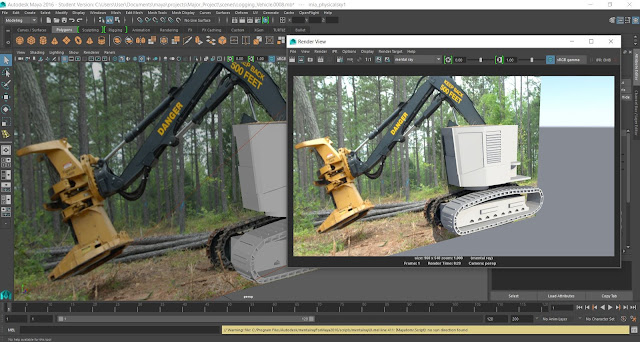Experimenting: Quad Tool
I decided to play around with the Quad Tool in Maya. Its used for re-topology. I just watched some tutorials and experimented with it. Didn't use it for my final model.
My model topology is OK but a bit too high res around the middle of the body. I'll fix it up later. Since this model isn't made for animation, topology isn't too important, however I do want to adapt my modeling style to be ready for animation, even if the model will never be animated.






























